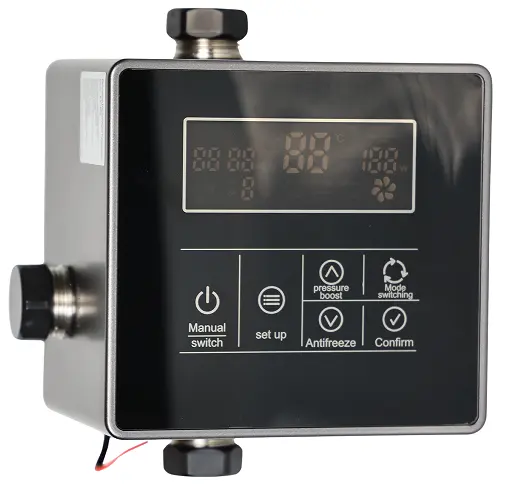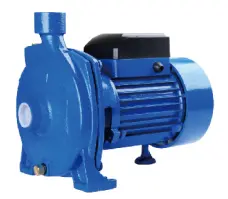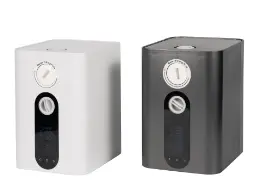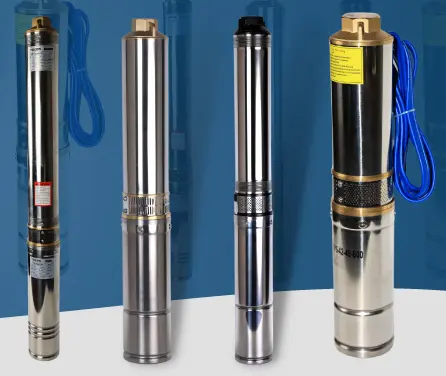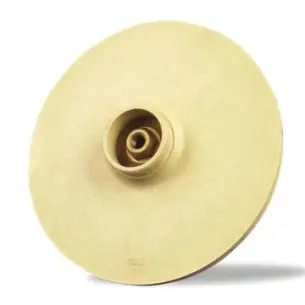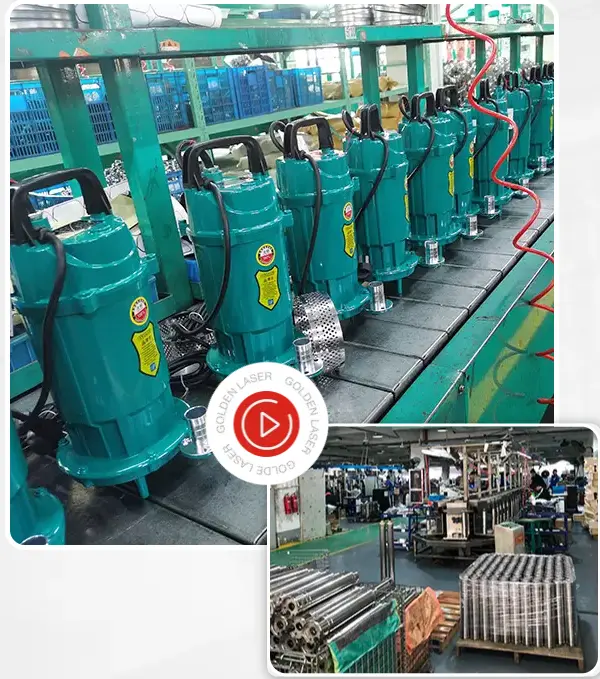0102030405
How to use a centrifugal pump
2025-07-15
(I) Preparation before starting
- Check the equipment status
- Check whether the Pump Body, motor, and pipeline connections are firm, and whether there is any looseness or leakage.
- Check whether the impeller rotates flexibly, whether there is any jamming or abnormal sound.
- Check the bearing lubrication to ensure that the lubricating oil (grease) is sufficient and clean.
2.Filling liquid
- For self-priming Centrifugal Pumps, the pump housing needs to be filled with liquid before the first start to remove the air in the pump; for non-self-priming centrifugal pumps, it is necessary to ensure that the suction pipeline is filled with liquid, which can be exhausted by opening the exhaust valve.
- Ensure that the suction liquid level is higher than the suction port of the pump (if there is no self-priming device) to avoid "dry suction".
3.Check the valve status
- Close the outlet valve to reduce the starting load and protect the motor.
- Open the inlet valve to allow the liquid to enter the pump body smoothly.
4.Electrical inspection
- Check whether the power supply voltage is normal and stable and meets the rated voltage requirements of the motor.
- Check whether the motor wiring is correct and whether the grounding is good.
(II) Startup operation
- Connect the power supply, start the motor, and observe whether the motor runs in the correct direction (should be consistent with the direction indicated on the pump body).
- After the motor runs smoothly, slowly open the outlet valve and observe the readings of the Pressure Gauge and vacuum gauge at the same time to make it reach the normal working range.
- During the startup process, pay close attention to the operating status of the pump and motor. If abnormal vibration, sound, heat, etc. are found, stop the machine immediately for inspection.
(III) Maintenance during operation
- Keep the pump running within the design operating range and avoid working at low flow or overload for a long time.
- Regularly check whether the outlet pressure and flow of the pump are stable. If there are abnormal fluctuations, the cause should be promptly investigated.
- Monitor the current and temperature of the motor to ensure that it does not exceed the rated value.
- Pay attention to observe whether there is leakage in the sealing part. If the mechanical seal or packing seal leaks too much, it should be repaired or replaced in time.
- Keep the pump body and the surrounding environment clean to prevent debris from entering the pump or affecting heat dissipation.
(IV) Shutdown operation
- First, slowly close the outlet valve, then cut off the power supply and stop the motor.
- If the pump is shut down for a long time, the liquid in the pump should be drained to prevent freezing or corrosion of the pump body (especially when conveying corrosive liquids or in low temperature environments).
- For pumps that convey easy crystallization or viscous liquids, the pump body and pipelines should be cleaned after shutdown to avoid clogging by residual liquid.
(V) Daily maintenance
- Regularly replace the bearing lubricant (grease). Generally, the replacement cycle is determined according to the operating time and the quality of the lubricant. Usually, it is replaced every 1000-2000 hours of operation.
- Regularly check the wear of the seals and replace damaged seals in time.
- Regularly clean the suction filter to prevent impurities from clogging the filter and affecting the suction performance of the pump.
- For centrifugal pumps that have been shut down for a long time, the wheel should be turned regularly to prevent rust and adhesion of parts such as the impeller.






